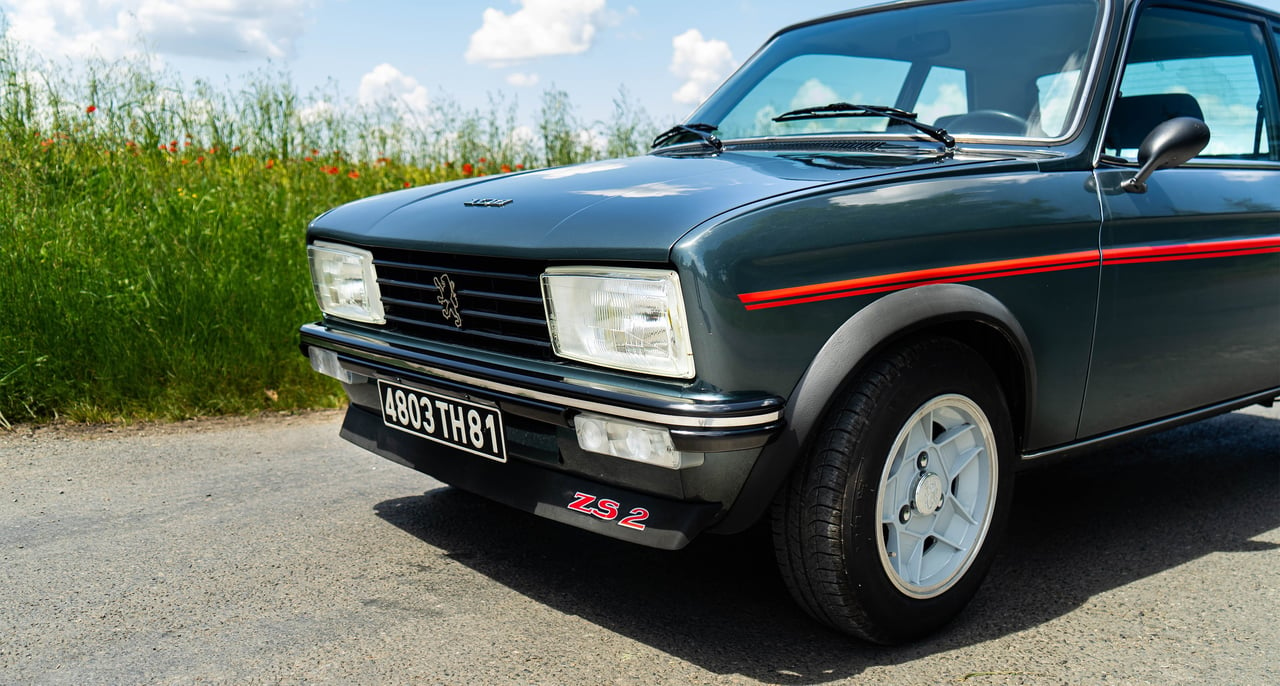
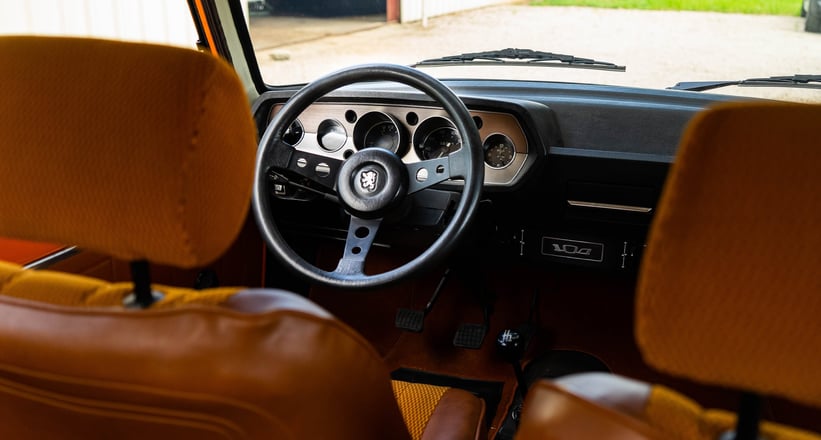

Think of the compact yet sporty hatchbacks of yesteryear, and it’s more than likely your mind will wander to the Mk1 Volkswagen Golf GTI. Built at a time where fuel was cheap, space was important, and style was imperative, small hatchbacks weren’t exactly the most popular vehicles of choice during the 1970s, with many opting instead for saloons from Ford or Vauxhall, which allowed for more freedom than a two-door hatch ever could. The GTI changed all of that when it burst onto the scene in 1976, sparking a revolution in small car design and ownership, but what if we told you that Peugeot had already been there, and done that? Well, the 104 is driving proof, and these two rarities are ready to steal their crown back.
However, before we get into these pumped-up sporty examples, we need to establish how the 104 came to be. The 1950s and 1960s had the Mini and the Renault 4, two inexpensive and yet widely useable cars designed for the masses, but the 1970s saw a resurgence in more refined, luxurious cars that, of course, carried a premium. Peugeot sought to change that, focusing on drivers looking for an economical entry-level vehicle, or families that needed a second car that was as practical as their fuel-guzzling Jaguar or Rover.
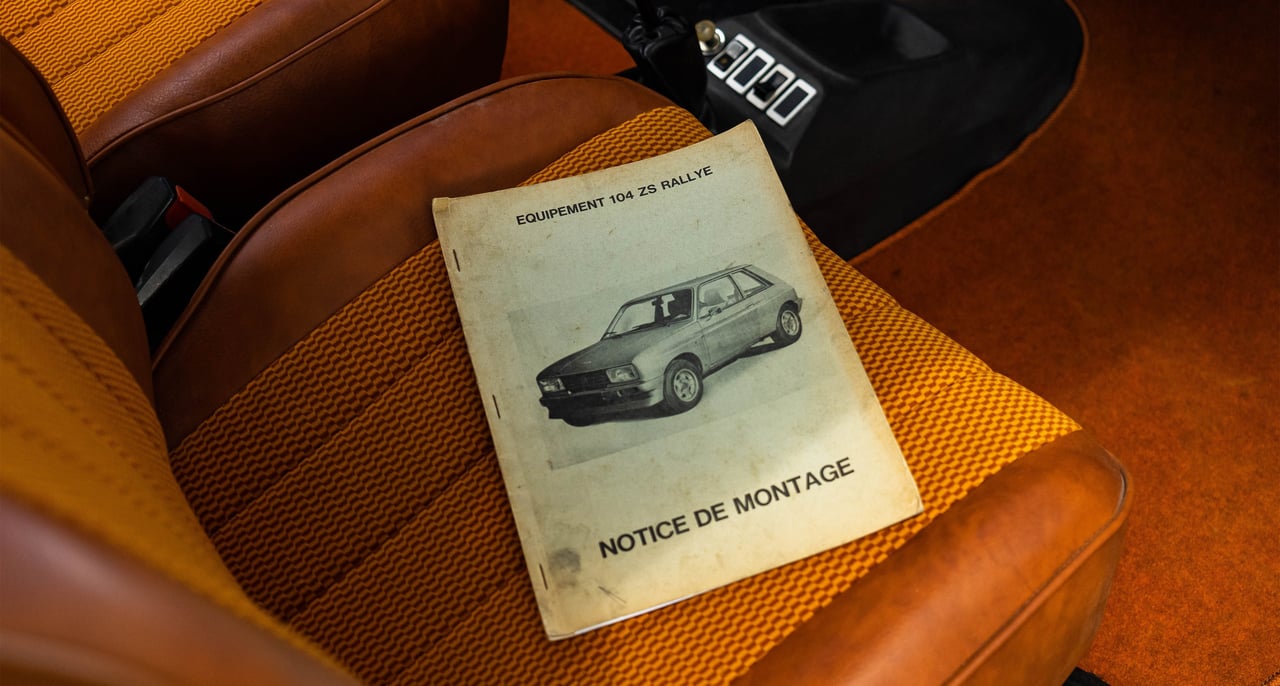
The 104 made its official debut at the 1972 Paris Motor Show, where it was offered as a compact four-door fastback. It may have had ‘fast’ in its brochure, but with a 954-cc engine that was placed at a 72-degree angle, fast it was not. What gave the 104 its appeal was the transmission-in-sump arrangement, one that was similar to that pioneered by BMC with the Mini. You know, the little car that, by 1972, had already been sold over 306,000 times worldwide? Yeah, That one.
As the coupé version came out in 1973, so too did the idea of giving the 104 some sportier features in a bid to broaden its appeal. Just two years later, Peugeot would launch two variants of the coupé, the ZL, a luxurious city slicker, and the ZS, designed for aspiring young wannabe racing drivers. The ZS boasted 66 horsepower — almost double that of the original version — which doesn’t sound like much, but considering it weighed just 775kgs, it was ample power to give the 104 some much needed thrust.
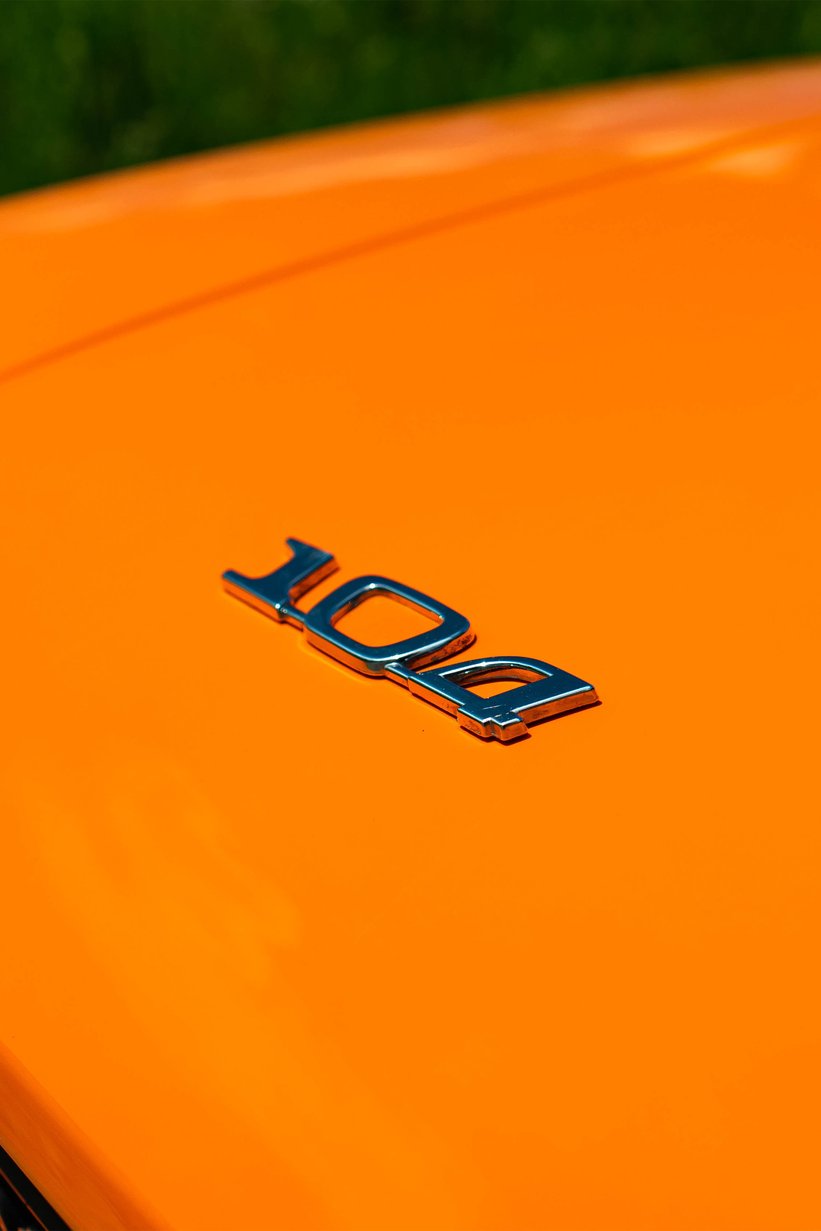
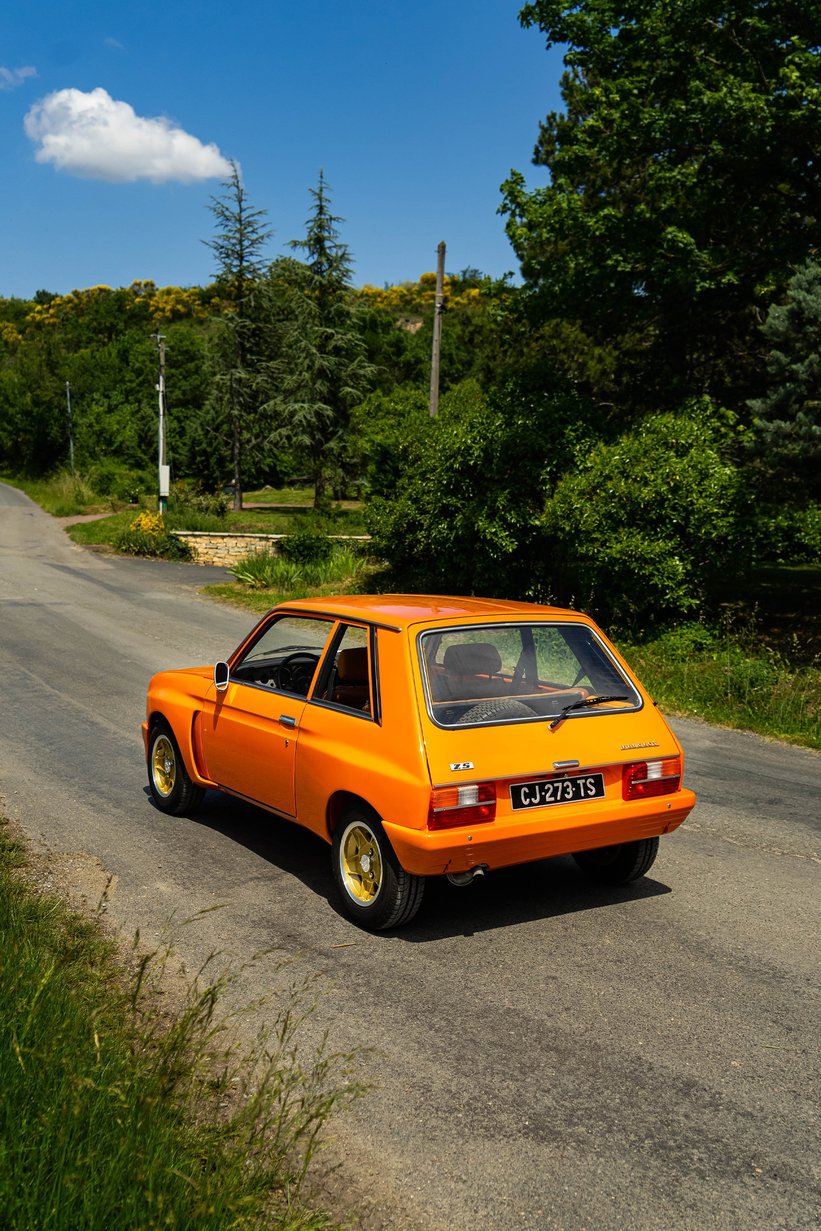
Word quickly spread that these lightweight yet incredibly durable hatches were very competitive race and rally cars. Peugeot themselves entered the ZS into several events in 1977, including the 24 Hours of Chamonix, the Tour de France Auto, the Acropolis Rally, and several rallycross races, where it surpassed expectations. During the following years, the Peugeot 104 ZS continued to shine in many disciplines. Just like Porsche and Ferrari, by 1980, the 104 was honoured with a one-make championship, known as the Challenge Peugeot-Esso.
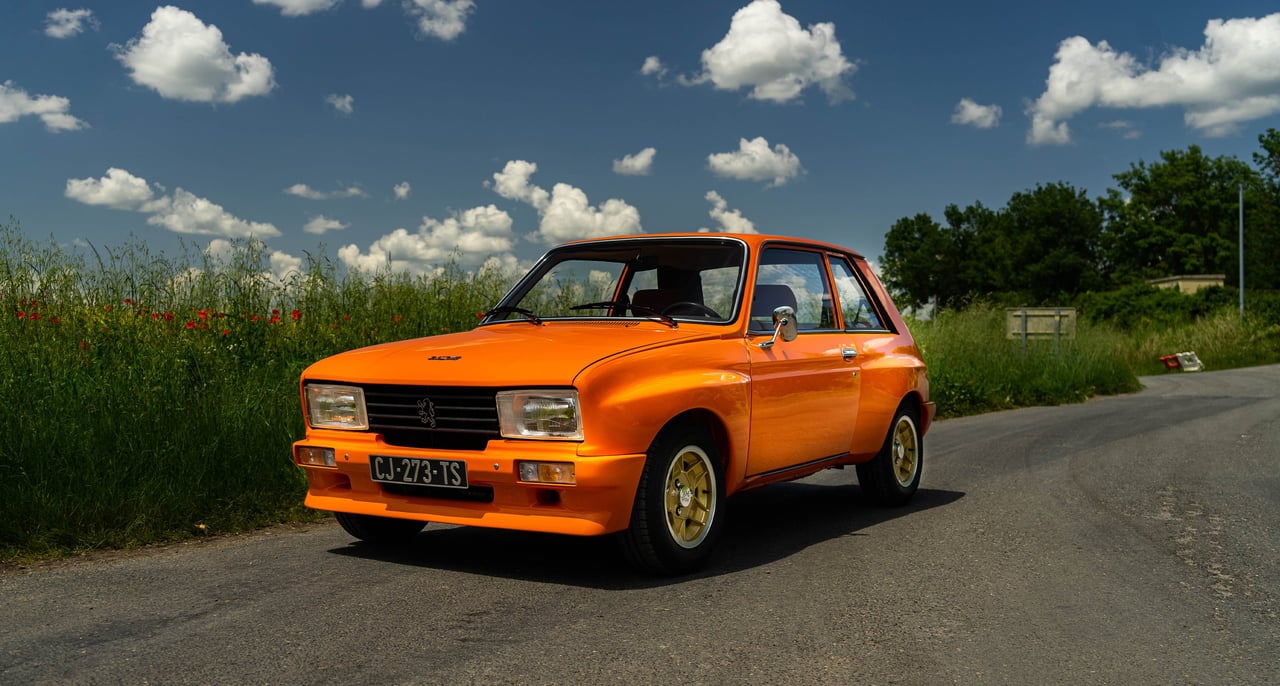
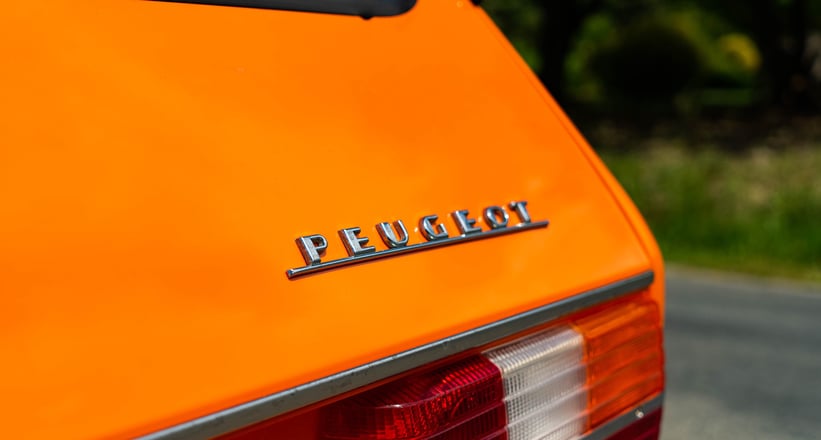
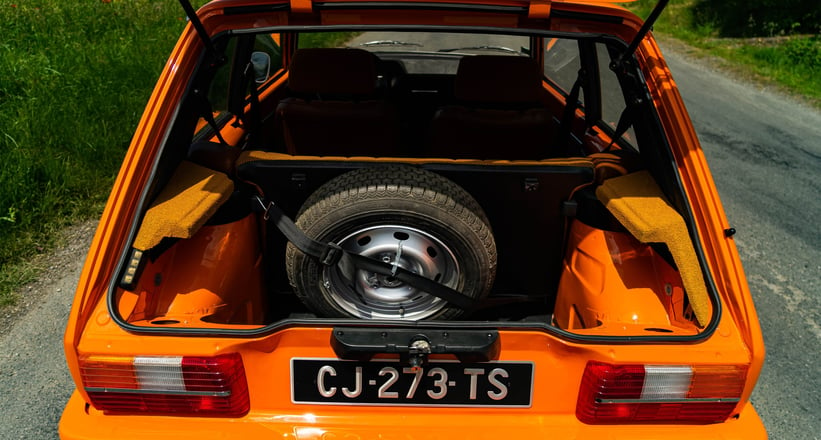
This vibrant 1979 ZS gives a clear indication of how racy the 104 could look and is likely to be one of a very small number that survived the motorsport scene of the 1970s and 1980s. Fitted with an optional Rallye kit, which includes wider wings, an extended front bumper with spoiler, and a specific rear bumper. Finished off with AMIL alloy wheels, the 104 looks like it’s more ready than ever to burn some rubber. Under the bonnet sits Peugeot’s 1,124 cc engine with the Rallye engine kit, featuring an intake pipe, twin carburettors, and air filter, all of which increases this plucky pug's power from 66 horsepower to 80. Again, not face-melting, but we can only imagine just how fun this lightweight ripper must be on a clear road.
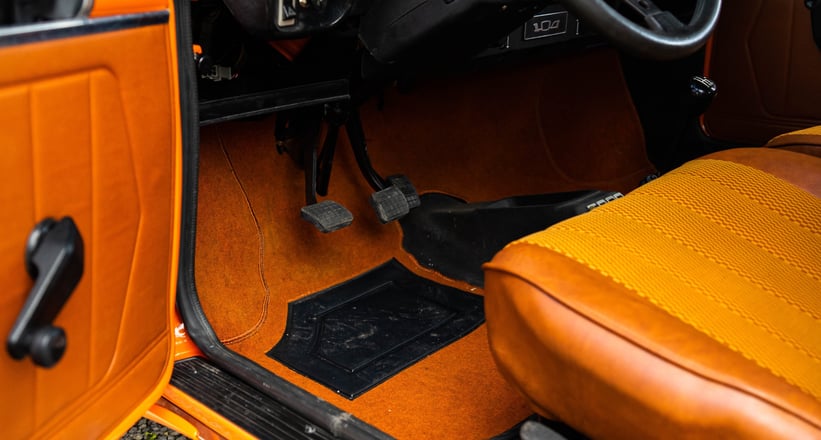
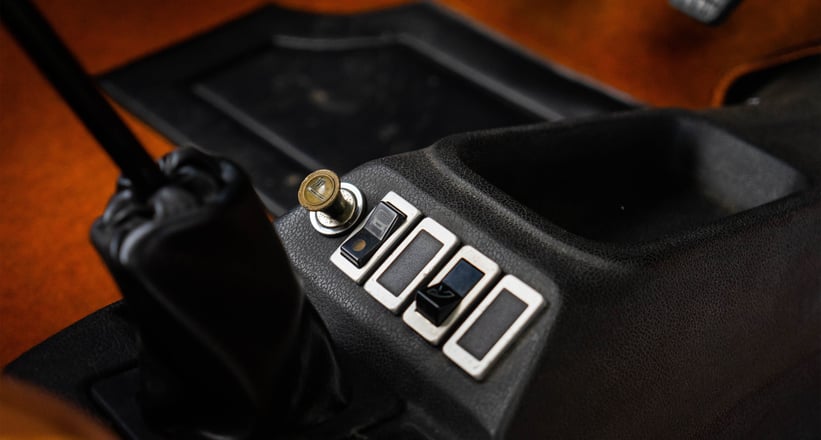
Its original shade of Mandarine has been retained, which truly brings the 1970s colour palette to the modern day, all with a little help from that vibrant beige cloth interior. As you’d expect, the inside is minimal on features, but has everything needed at your fingertips: hand-winding windows, a cigarette lighter… and that’s about it. Having ‘104 Rallye’ listed on the registration title of this example confirms its rarity, and despite thousands being made, very few are still around today, while even fewer are as complete and well-maintained as this one. Estimated to sell for between 25,000 and 30,000 euros, we think this is perhaps the coolest way to enter the world of classic hot hatches. Now, what if we told you there’s more?
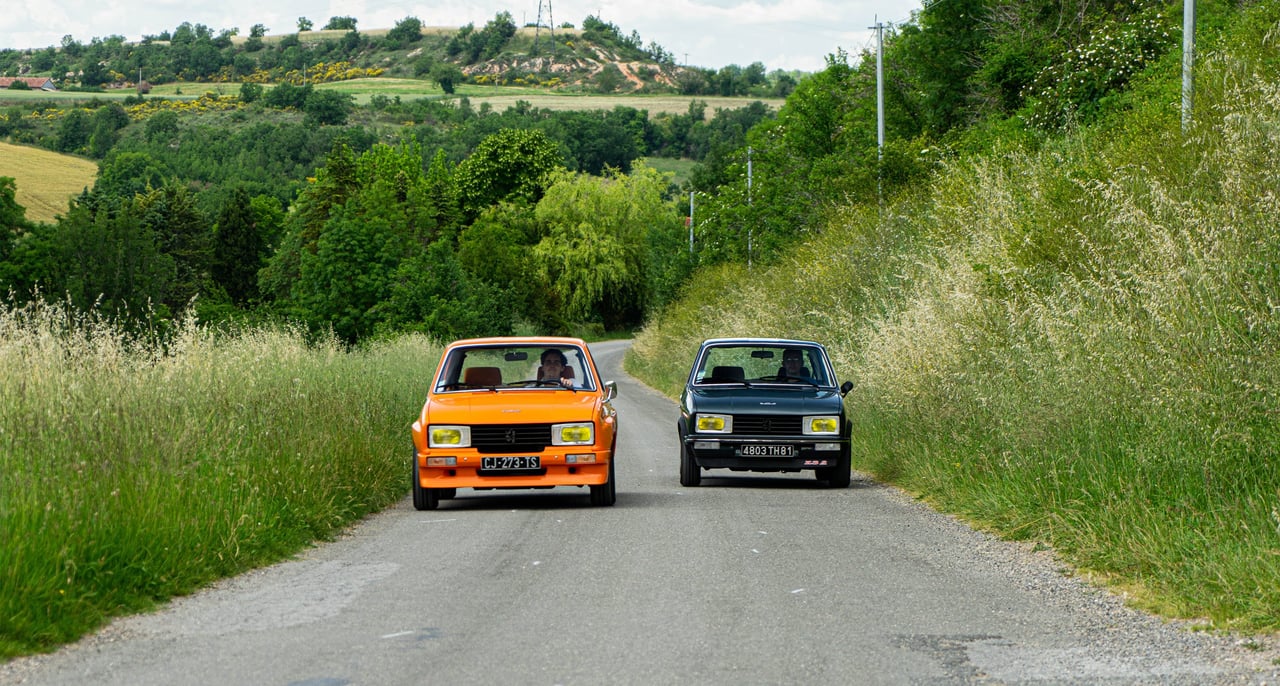
As with many successful products, a sequel isn’t usually too far away. While some are shockingly bad, Peugeot certainly got it right with their second version of the ZS. Labelled the ZS 2, Peugeot officially entered two 104 ZS Group 2 cars in the French Rally Championship. In order to be approved for this entry, Peugeot created a special 104 ZS 2 version with only 1,000 units built from January to March of 1979, making this example even rarer than its orange relative.

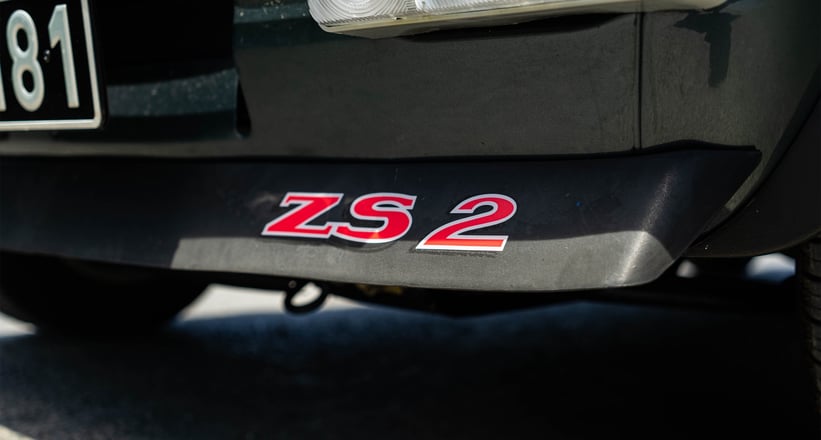
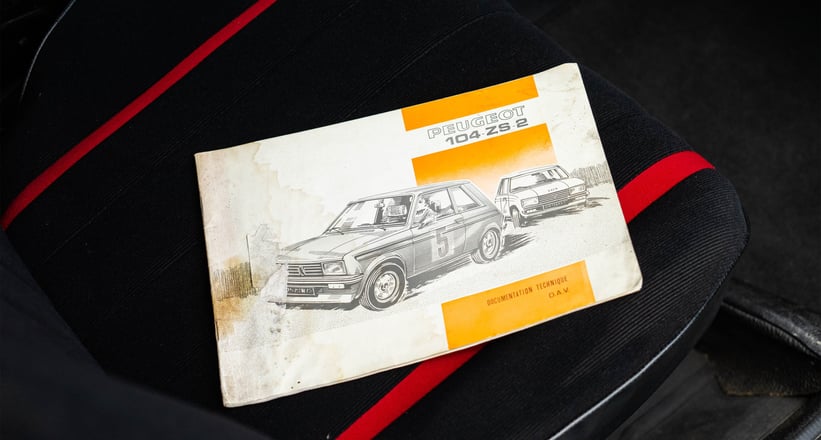
It was initially priced a whole 10,000 francs more than the original ZS and was only available in Vulcan grey with contrasting red accents throughout. A new engine was also squeezed into the micromachine: the 1.4-litre inline 4, good for 93 horsepower at 5,800 rpm, making it a true hot hatch in our eyes.
Of course, many might now be thinking, “where does the 205 come into the picture?” Well, by 1982, after a long and fruitful life, the 104 would step down and make way for its evolution. The 205 made its debut in 1983, and is now best known for its rallying success and the true bad boy status it attained in the form of the 205 GTI. However, there would be no 205 without the success of the 104, and for that, we can only praise these dashing little hot hatches!
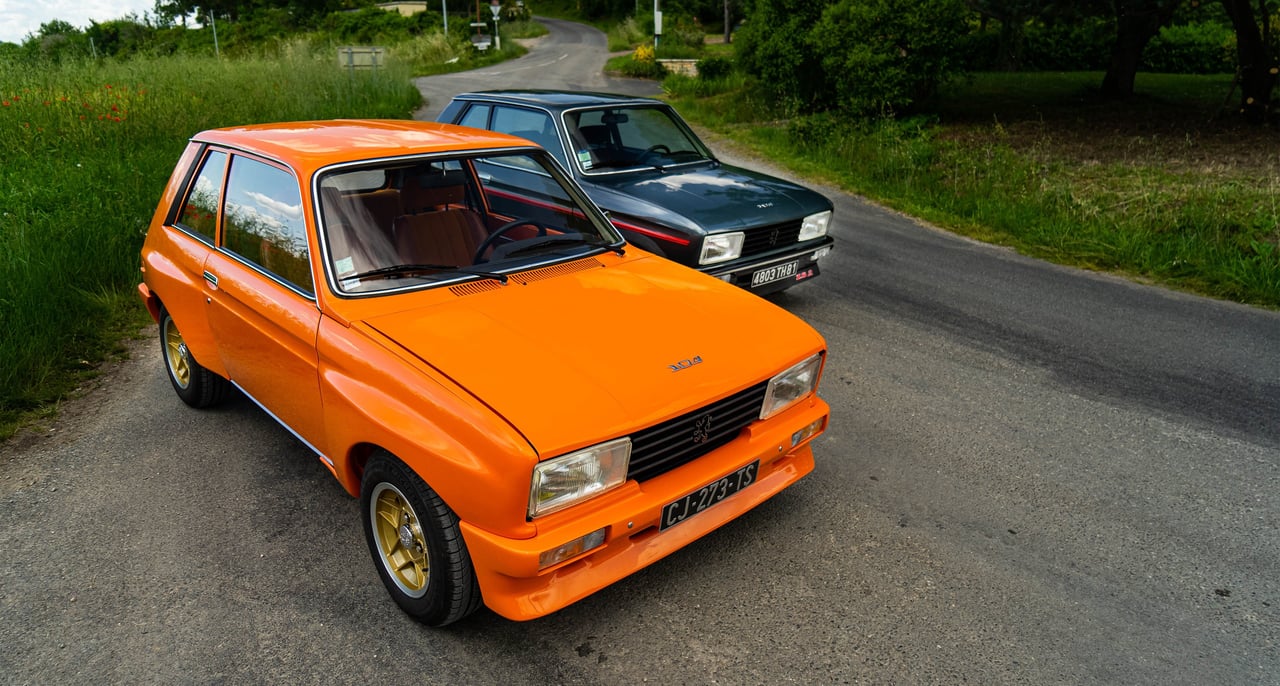
These two stunning examples of some of Peugeot’s most important cars will now head to the upcoming Aguttes Summer Sale on June 25th. The grey ZS 2 is expected to reach the 28,000 to 34,000 euro mark, which makes this pair of very cool, but also very affordable classics that little bit more appealing!
Photos: Leopold Duriaud











































